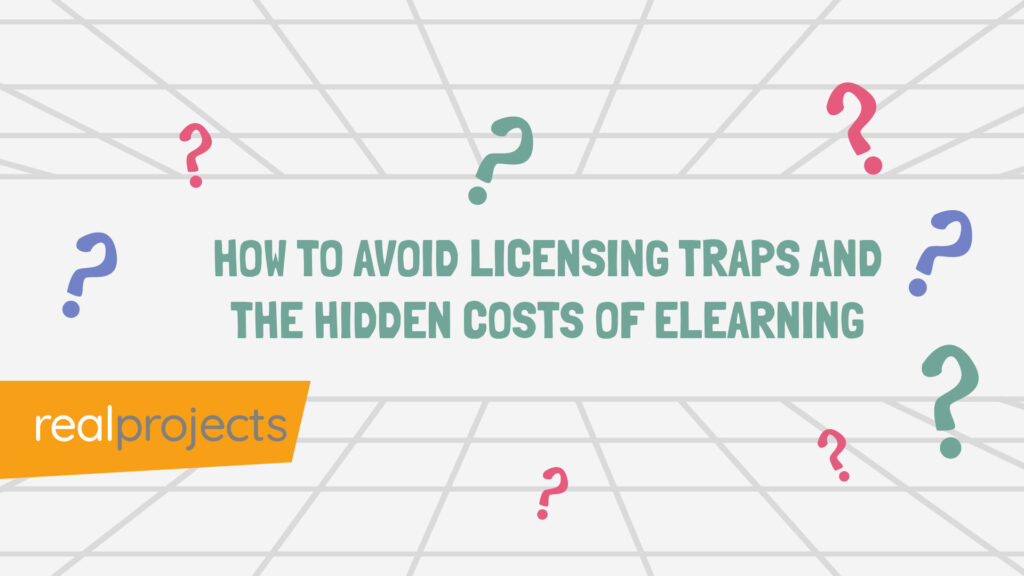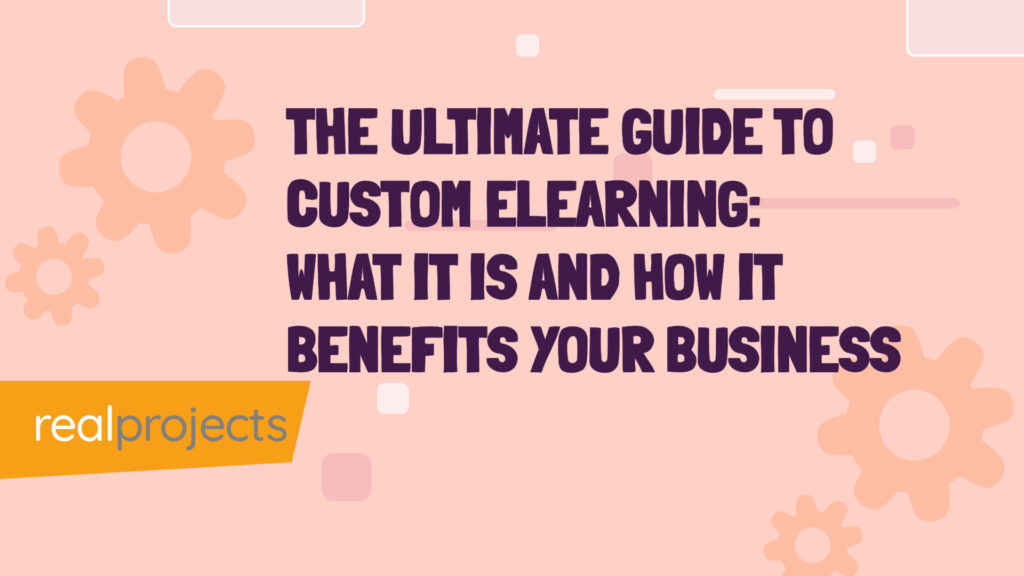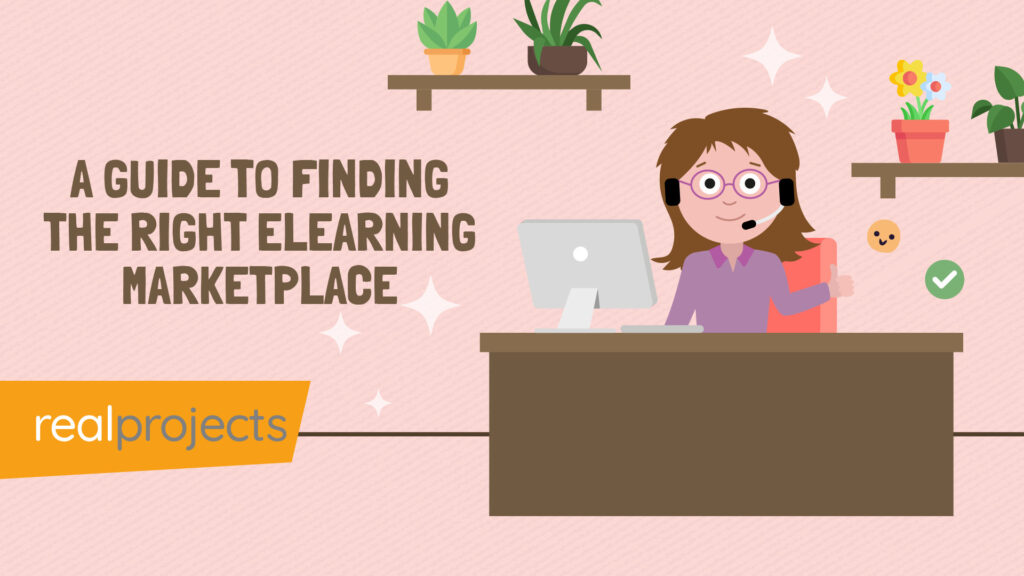When you’re reading about virtual training options, you may see the terms elearning and online learning used as if they mean the same thing. After all, both are forms of remote learning that can be done via a computer, tablet, or phone. However, despite the similarities, it can be useful to acknowledge some differences between elearning and online learning, especially if you’re trying to decide which kind of remote learning best suits your needs.
This doesn’t mean that anyone who uses the two terms to mean the same thing is wrong. In a lot of circumstances, it’s perfectly fine. But there are times when you want to be precise.
Understanding some of the key differences between elearning and online learning will help you to weigh up the benefits of different types of virtual training. You’ll be able to make a more informed choice about which option is best for your organisation.
Let’s look at each of these two types of remote learning, how they differ, and what they each have to offer.
What is elearning?
elearning is a form of remote learning which uses interactive digital courses to engage the learner and teach them the essential skills and knowledge they need. These courses use a mixture of animation, graphics, voice-overs, interactive assessments and authoritative content to provide a learning experience that is fun, informative and easy to follow.
One of the key advantages of elearning is that it allows users to take courses at whatever time suits them best. There’s no need to attend class at a particular time or wait around for a late instructor to finally show up. Instead, the learner can do the course at whatever time is best for them.
Another advantage is that learners can work at a pace that suits them. If they need to quickly learn a lot of new information, they are able to do several courses in one day, moving on to the next one as soon as they complete the one before. If they need to focus more on a topic, they can retake the course at their own pace
By purchasing elearning courses from a developer and then uploading them to their learning management systems, organisations can swiftly build up a library of useful courses they can use again and again. This means they can be sure that each employee receives the same high level of training.
Does elearning mean Online Learning?
elearning courses can be taken online and so, in a sense, they are a form of online learning. However, elearning has not always been done online. In the early days, courses and modules were often sold on CD-ROMs and Laser Disks that could be played on the customer’s computer. The technology involved has come a long way since then!
Modern e-Learning courses have developed from this form of distribution. They are now easily accessible on computers, tablets, and phones, without the need to send away for anything. But like the early courses, the modern courses are still self-contained and don’t require any additional material. A learner can sit down and learn everything they need from an elearning course without having to attend any classes or read any textbooks.
However, as we’ll see next, the rise of the internet has allowed other forms of online learning to be developed.
What is Online Learning?
Online learning, as the name suggests, takes place on the internet. Learners use their browsers or software such as Zoom, Skype or Microsoft Teams to access the teaching material. As well as e-Learning modules, this material can include live-streamed lectures, virtual seminars, one-on-one meetings, and group activities.
Online learning often aims to recreate remotely the kind of teaching that a learner would receive in a classroom or training room. It has been popular in schools, colleges and universities since the start of the Covid pandemic as it allows a tutor or instructor to deliver material to a group of students without any of them needing to be in the same room.
It’s not just about health and safety, though. Online learning allows people in different parts of the world to attend the same class, opening up access to education. This helps teachers to reach students who might not otherwise be able to attend classes in person.
Unlike an elearning course, this type of online learning allows direct interaction between the teacher and the learners, whether through webcam conversations or answering questions in the chat window. The teacher can guide the learner and offer them personalised help. The amount of such help will vary depending on class size and the format of the online learning. For example, there is much more opportunity for feedback in a one-on-one meeting than there is in an online lecture.
Like elearning, online learning also has the advantage of being able to be done wherever the learner is, although it is limited to the times when the instructor or teacher is working.
Is elearning or Online Learning Better?
As we’ve seen, although some people use the terms elearning and online learning as if they were the same, there are some differences to consider when you come to choosing which form of remote learning will fit the needs of your organisation.
Online learning allows remote access to a tutor or instructor. However, the learner has to be able to attend a class at a particular time. This form of learning is often also more expensive, as the teacher has to be paid every time they teach the class to a new group of leaners.
In contrast, elearning courses can be taken at whatever time suits the learner. Courses are cost-effective as they can be used again and again once they’ve been purchased. Although the learner doesn’t have direct access to a tutor, the course content is still based on the work of experts in the field.
At Real Projects, we offer a great range of off-the-shelf elearning courses that cover a large range of skills and subjects that are crucial to the contemporary workplace. Check out our extensive library of courses.



